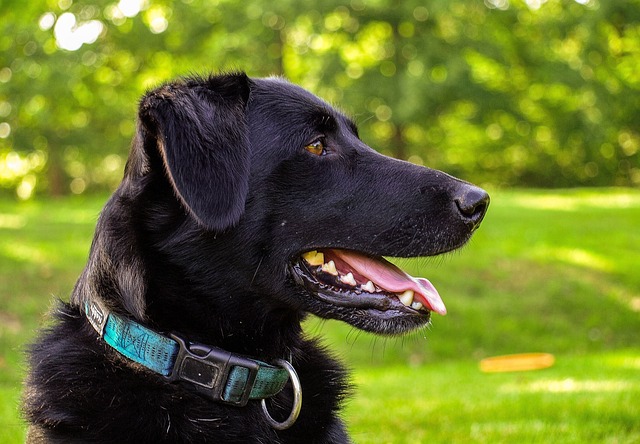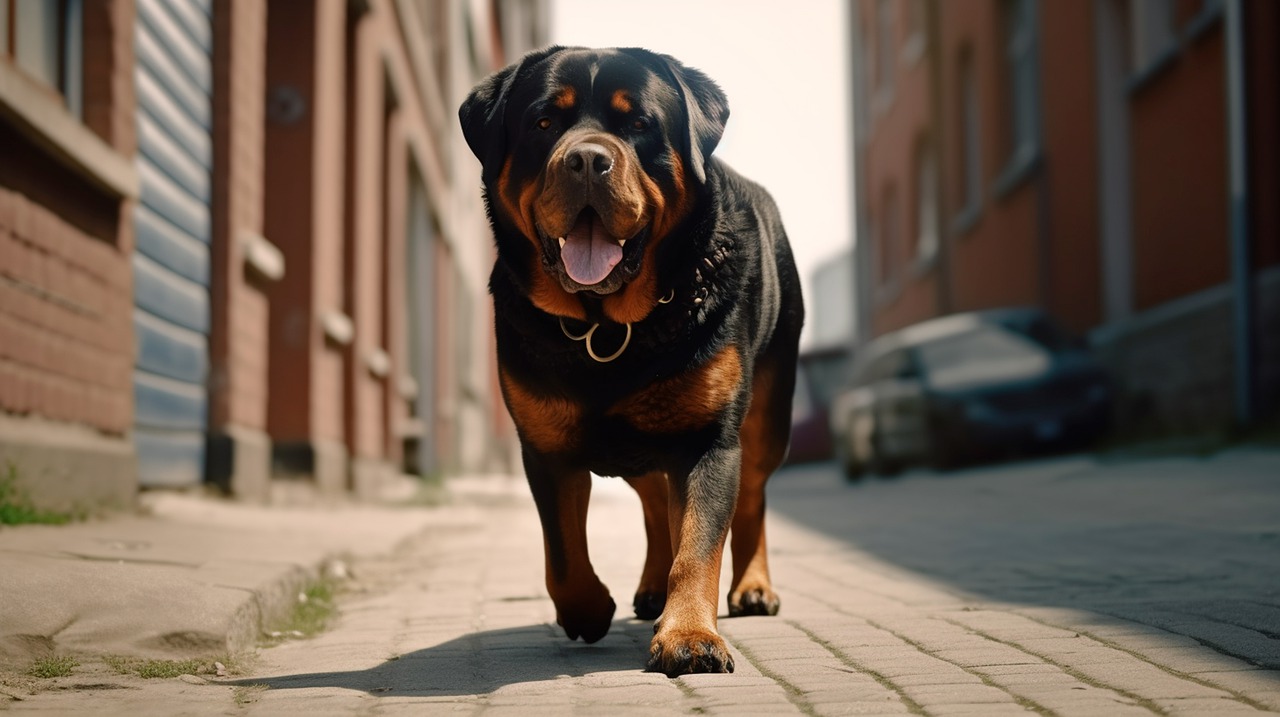If you are a dog parent, you must have noticed your dog panting now and then. But what if you witness excessive dog panting? Can it be a health issue? So why do dogs pant? What are the possible reasons for excessive dog panting and when to call a veterinarian? Read on to get every answer regarding your dog panting.
Why do dogs pant normally?
Dog panting is a natural thing. Healthy dogs may pant whenever they feel excited, warm, anxious or tired after exercising or walking sessions. As long as you are not noticing any signs of your dog panting a lot, there is nothing wrong with your dog.
What is excessive dog panting?
There is no specific limit which can be useful to determine the amount of excessive dog panting. The dog panting amount depends on different factors like their breed, fitness, lifestyle and age.
For example, unfit and lazy dogs pant much longer after exercise than active and fit dogs. In this scenario, the most important thing which is very crucial is to know the actual strength of your dog. You can decide on excessive dog panting when you know, what is normal for him. If you have no idea about your dog’s normal panting, don’t panic, you will get to know your dog’s normal panting behaviour over time.
Once you know about usual dog panting behaviour and how long it continues, you can spot excessive and abnormal panting. Generally, a dog should recover from trouble and exertion in five to ten minutes. But if your dog panting a lot after that, despite resting in a shady and cool place, this can be considered excessive dog panting.
Possible causes to lead dogs to pant excessively
Below mentioned are some of the most common causes of excessive panting in dogs.
- Heat Stroke
- Lung disease
- Heartworm
- Pain
- Anxiety
- Cushing disease
Each of the above causes has different triggers ranging from the hot weather to physical discomfort and stressful environment. It is very important to identify the root cause for proper treatment.
Heatstroke
Heatstroke in dogs is a life-threatening condition which affects a lot of dogs, especially on hot summer days. During hot days of summer taking your dog out for a walk, puts him a risk of heatstroke. If it is not even a very hot day but a warm atmosphere, and your dog is exerting itself without taking a rest in a shade, can cause heatstroke.
Heatstroke in dogs is a condition when their body temperature gets too high, and cannot get down to optimal levels. Dog panting and some amount of sweat From their soft paws are the ways to lose heat, but both methods become ineffective in this situation. Once the temperature rises too much, it can cause seizures, organ failure, brain damage and even death in severe cases. To protect your dog from heatstroke, you should schedule your routine walk with your dog at dusk or dawn on warm summer days.
Heart Disease
If you suddenly notice your dogs become unable to walk or run as long as they have in the past, it can be an indication of heart disease in dogs. They start panting even after a short walk and become tired more often. Symptoms of heart disease in dogs might include
- Congestive heart failure
- Abnormal heart valves
- Heartworm
- Abnormal heart rhythm
- Cardiomyopathy
Other symptoms of heart disease in dogs include coughing, pale tongue and gums and labour breathing.
Lung Diseases
Some lung diseases in dogs can also lead them to become more lethargic and cause your dog to struggle with its exercising or walking sessions. You can notice the paleness of the gums and tongue of your dog just like heart disease. Your dog starts coughing and fast breathing which takes more effort than normal. Due to following lung conditions, your dogs pant excessively.
- Pneumonia
- Lungworm
- Severe Lung infection
- Certain cancers
Cushing Disease
Chushing disease in dogs also known as hyperadrenocorticism, is caused by a hyperactive adrenal gland. The adrenal gland in the body is responsible for the secretion of cortisol hormone (steroidal hormone). It is also responsible for fluid regulations. A hyperactive adrenal gland produces too much cortisol which results in the form of excessive dog panting with excessive hunger and thirst.
Cushing’s disease can also cause the thinning of skin in your dogs and develop an extended abdominal cavity. Cushing disease can also lead to diabetes and congestive heart failure over time.
Pain can also cause dogs to pant excessively
One of the most common causes of excessive dog panting is pain. So if your dog pant excessively, it can be a sign, that your dog is in a painful condition. Sometimes a pet parent knows the causes of pain, for example, any injury or trauma in the recent past. However, some painful conditions might not be so obvious like arthritis (inflammation of joints), cystitis (inflammation of the urinary bladder), toothache and back pain.
Anxiety can also cause dogs to pant excessively
If your dog suffers from anxiety occasionally and the problem exists temporarily, there is no need to worry about it. However, if you notice frequent anxiety in dogs, it can be a concerning situation. Symptoms of anxiety in dogs anxiety include.
- Panting
- Barking
- Pacing
- Whining
- Damaging furniture by scratching
There are various reasons which can cause anxiety and stress in your dog. Separation anxiety in dogs is most common especially if it constantly follows you around and seems to become more stressed when you put on your shoes and pick up the keys. In another scenario, your dog can start panting after seeing another dog, or some fireworks from the distance. So basically you need to identify the trigger to resolve the problem. However, all the triggers are not so obvious and you might need your veterinarian’s help to understand the situation in a better way.
Signs of dogs panting excessively
If you notice that your dog panting a lot accompanied by any of the following signs, fix your appointment with a vet.
- Open mouth breathing
- Restlessness or anxiety
- Rabid or shallow breathing
- Excessive salivation
- Coughing or wheezing
- Changes in gum colour
- Lethargic and weakness
- Loss of appetite
- Increased thirst
- Physical discomfort
- Behavioural changes
When to see a Vet
If your dog’s pant excessively panting and you are not able to point out the fixable or obvious causes, you may need to consult a veterinarian. A vet appointment becomes much more important if other symptoms are also present along with excessive dog panting. Make sure you know the changes in behaviour, peeing, thirst and appetite status of your dog, as your vet would have asked some questions about your dog.
Summary
Most pet parents think that the panting of a dog is not a problematic condition. But remember excessive panting with noisy or distressed breathing can be a serious health problem. So if your pet child starts excessive panting in situations where it never did so, it’s time to see a doctor.
Also Read: Why Doesn’t My Dog Play With Me
Frequent Asked Questions
Excessive panting in dogs can be triggered by various factors, including heat, anxiety, pain, or serious medical conditions. Determining the root cause is crucial for appropriate treatment.
Dogs naturally pant to regulate their body temperature, especially during physical activities. While some panting is normal, persistent or excessive panting that continues after exercise might indicate an issue and should be monitored accordingly.
Medical conditions such as heatstroke, respiratory problems, heart issues, pain, and metabolic disorders (Hormonal Imbalances) can lead to excessive panting in dogs. A thorough veterinary examination is necessary to diagnose and address these conditions.
If anxiety is the cause, creating a calming environment, providing safe spaces, using behavioural training, and consulting a veterinarian about potential anxiety management techniques can help alleviate excessive panting.
If your dog’s panting is persistent, accompanied by other concerning symptoms like lethargy, vomiting, or difficulty and noisy breathing, or if you suspect any serious health issue, it’s essential to consult a veterinarian promptly for a proper diagnosis and treatment plan.



